I talk about Google AdWords a lot.
The reason I talk about them so much is because it can be hard to put together a successful campaign.
Even the pros sometimes get sucked into the same mistakes over and over.
You could use AdWords to successfully drive traffic to your site, for example.
But you still might not see results because you’re sending them to the wrong pages (we’ll get to that later).
It’s the little things that trip you up when it comes to AdWords.
But there are certain mistakes that I see repeated more often than not.
I can’t stress enough just how important it is to understand the “dos” and “don’ts” of AdWords before dropping all that money on a campaign.
But do people listen? Well, hopefully, they will now.
Here are some of the most common mistakes I see and how to steer clear of them.
Mistake 1: Not using Single Keyword Ad Groups (SKAGs)
Everyone wants a spot at the top of the SERPs.
That shouldn’t be surprising.
The top three paid ad spots for each keyword get 41% of the clicks on that page.
But getting to the top means knowing how to target the right keywords in the right way.
A keyword like “business services” is highly sought after. However, that also means it’s incredibly expensive at $58.60 per click!
So you’re probably not going to rank for those.
The solution is to come up with ads relevant to those keywords that might grab some of the attention.
You can do this with keyword ad groups.
But don’t expect to rank at the top of the pile just because you grouped the most popular keywords together.
For example, you do not want to just lump together 10 to 20 loosely-themed keywords, like this example for “dresses”:
You probably won’t rank for very many of them, if any.
And if you do, they’re going to ‘share’ ads.
That’s a huge problem in this case!
What if one ad says “red dress” and it shows up for a “black dress” keyword?
That’s obviously not good, right?
A better approach is to pull out the best-performing keywords from this list and organize them differently.
Ideally, you want to put a single keyword in each ad group.
These are called “single keyword ad groups.”
And they can often result in more accurate ads, better Cost Per Clicks, and lower Cost Per Conversions.
If we use our previous example, our single keyword ad group will look like this instead:
This improves your relevance score and nets you a higher chance of ranking.
In essence, better ad relevance leads to a higher click-through rate (CTR). That leads to better quality scores. And if all goes well, you can expect lower costs.
In one case study from Clicteq, they implemented single keyword ad groups and increased their quality score from 5.56 to 7.95.
Not bad, right?
But the best part was that it also reduced their Cost Per Lead by 37.5%.
Once you’ve grouped together your keywords, you should create your ads within the group that includes the exact keywords you want to rank for.
So from the group example, our ad would maybe look something like this:
Here’s a general formula for creating your ads based on your single keyword groups:
- Headline 1: Include your Keyword
- Headline 2: Features and Benefits
- Description: Features and Benefits + CTA
- Display URL: Include your keywords
The keyword in the “blue socks” example is included in both the headline and the display URL. Then everything else revolves around it.
This isn’t some crazy AdWords hack when you think about it. These potential results aren’t magic.
Reorganizing your campaigns like this is better for the end-user.
The searcher ends up getting better results. The ads and landing pages they see should now match the exact words they just typed in.
So it might be a little extra work initially. But it’s worth it.
Mistake 2: Not using negative keywords
It’s easy to get bogged down in “keywords.”
I talk about them constantly.
Inside AdWords, you bid on keywords to reach new people.
However, you’re not technically paying for keywords.
Instead, you’re paying for search terms.
That’s a critical difference. And this little nuance flies under the radar of most people.
So this is one of the biggest AdWords mistakes that I constantly bring up.
Negative keywords can help you control the search terms you are paying for.
Not using them properly can prevent your campaigns from reaching the right audiences.
You can find negative keywords on your campaign dashboard by going to “Keywords,” Negative Keywords,” and then looking for the Campaign Level box:
Negative keywords are keywords that wouldn’t make sense to your audiences or bring in the leads you want.
They tell AdWords not to show your ads for searches with those keywords.
Google already has this feature for search results.
If you wanted to search for “men’s socks,” you would get these results:
But if you had a grudge against the term “bold socks” you could use a minus sign to eliminate that keyword from your search, like so:
Now there’s no mention of bold socks to be found!
On the AdWords side, negative keywords are your “minus” sign. They eliminate any search results that you wouldn’t want to be found under.
For example, if you ran a teen driving school, your search results might look like this:
In this case, you could also rank for adult driving school even if someone typed in “teen driving school.”
But if you didn’t want adults signing up for your classes, you would use the word “adult” as your negative keyword.
It would be equivalent to someone typing in “teen driving schools –adult.”
See how the results change?
The beauty of negative keywords is that you can run them on both the ad-group level and campaign level.
If you’ve never worked with negative keywords before, Google will walk you through the process step by step.
If you’re struggling to find negative keywords to start with, you can open up Google Analytics.
In your Analytics dashboard, click “Acquisition,” “Adwords,” then “Matched Search Queries” in the left menu bar.
Click on “Query Match Type,” then “Broad Phrase” or “Exact Phrase” to see what people are searching for.
Look for any keywords that aren’t converting and use them as your negative keywords.
Remember to choose the keywords that won’t affect your current high-performing ads.
You want to start fresh with a new campaign or new ad group.
Mistake 3: Sending people to the wrong landing page
The first mistake focused on making sure your ads lined up perfectly with each keyword.
However, there’s another big piece of the puzzle.
It’s ultimately the landing page that plays the most prominent role in driving conversions.
This is another common issue. You’ve optimized your ads, so they get to the top of the list, but then you link the ads to your generic home page.
Using a generic landing page for your ads is a big conversion killer.
Here’s an example of two competing Google ads for the search “marketing services Seattle”:
The first ad leads to this homepage:
It’s a lovely site, no question. But where is the conversion point?
There’s a “Request to Join” button in the top-right corner, but what am I joining?
It’s not highlighted or explained in any discernable way.
Unless I want to read through the whole site, there’s a good chance I’m just going to click “back” and keep searching.
Again, nothing personal. That’s just how the typical user would react in this scenario.
The second ad, on the other hand, leads here:
Is it the best site design you’ve ever seen in your life? Maybe not.
But there’s an immediate selling point.
The conversion is right there, smacking you in the face.
This also lines up perfectly with the ad that brought you here.
So there’s no hesitation or delay. You know exactly what’s supposed to happen next.
You fill out the form and boom, a new conversion.
It’s exactly how your ads and landing pages should work together.
Let’s go back to the original search now that you see the difference:
You wouldn’t know to look for a landing page link on a PPC ad unless you read this article and knew to look for one.
It’s one of the smaller details that most people who click PPC ads will never notice.
But it’s something that can make a huge impact on your ROI.
Take a look at this Kissmetrics AdWords ad, for example:
It doesn’t just link to any old landing page, but to the free demo sign-up.
The whole page is designed as a conversion point. So it gets the ball rolling right away.
And it’s not too shabby to look at, either.
When people click your ads, where will it take them?
You need to create a dedicated landing page for your ads that focus on a single call to action.
Make it bold and obvious.
Mistake 4: Not tracking your conversions properly
Now that I’ve brought up conversions let’s expand on that a little.
Let’s say I wanted to set up a quick Google AdWords campaign.
I can choose any number of goals for my site. But let’s say I want someone to take action once they get there.
Going back to the previous point, I might link the ad to a particular landing page. However, let’s say in this case my homepage converts well enough that I can point people there instead.
So here’s what my potential ad might look like:
Depending on the keywords I pick, I might pop up places where this ad will be highly relevant.
So that brings people to my homepage. Awesome.
Let’s assume that I’m using Google Analytics to track my metrics and I suddenly see a spike in traffic after I launch my campaign.
Assuming that it’s not a spambot attack and it’s real traffic, cool.
But now what?
How do I know whether or not my newly bountiful traffic is converting?
I probably want to set tracking goals in Google Analytics, too.
This will help me track things like the number of conversions on specific pages, which PPC campaigns are working, and at which point of my funnel users drop off.
To set up conversion tracking, go to “Admin,” “Account,” “Property,” and “View.”
In the view column you should see a button that says “+New Goal” which will lead you here:
You can name and then define your goal type.
Here are a few options you have when defining goal types, according to Digital Marketing Institute:
- Destination – HTML pages like thank you pages and confirmation screens that appear after landing page downloads or signups.
- Event – e.g., user interactions like when a user signs up for a newsletter, plays a video, clicks on an affiliate ad or leaves a comment on your blog.
- Pages/Screens – how many pages were viewed in a session, e.g., you can set the minimum to 3 pages.
- Duration – minimum amount of time you would like users to spend on your website before it’s tracked as a Goal completion.
If your homepage leads to a specific conversion trigger, like a form, you would most likely want to track an event.
On my site it leads to a webinar signup:
Now, each new conversion should show up properly back on my site.
This seems straightforward and obvious, right?
But I can’t tell you how many times I’ve seen this done incorrectly.
For example, someone might install the tracking code on the wrong page.
Sounds harmless. However, now you’re tracking page visits instead of true conversions.
And now you have no idea how your ad budget is performing!
You won’t be able to make smart decisions on which keywords to add or remove. You won’t be able to see which campaigns should get more money or less.
You’re flying blind until you can get this figured out.
Mistake 5: Not considering user intent
What does your user want when they search for the keywords you’re targeting?
If you don’t think it matters, you’re wrong.
Let’s take this example of a quick search for “Ford Focus brakes”:
What are the odds that in my search for brake pads I’m actually looking to purchase a brand new car of a different make and model?
That doesn’t make any sense, right?
So why is this ad here, then?
Chances are they’re bidding for keywords without understanding the intent behind it.
Instead, here’s what I want to see:
There are generally three types of user intent:
- Navigational: When the user is trying to open a specific site
- Informational: When the user is looking to gather information about a certain subject
- Transactional: When the user is ready to buy
If I were looking for how to change my brake pads, for example, I might get an ad for a tire-change location near me.
Even though I didn’t search for “where to change brake pads,” the ad is still relevant.
Because let’s be honest, I’m not going to change my own brake pads.
I’m busy! You know how it is.
When choosing keywords, focus on intent. Try to understand your audience before you start finalizing your groups.
Just because a keyword is popular or cheap doesn’t mean it’s a good fit.
And ultimately, you’re judging conversions — not traffic or clicks.
Aligning your campaigns with a searcher’s intent is the best way to do just that.
Mistake 6: Not bidding on your brand
If you’re going to make a bid for your AdWords campaigns, make sure to bid on your own brand.
Why? That seems like a waste of money at first, right?
But the problem is that if you aren’t advertising for your brand, other companies will.
They will use your brand name for an ad group and target your visitors.
These are your potential customers. You can’t let competitors steal them from under your nose.
If you search Crazy Egg, for example, the first thing that pops up is an ad for Crazy Egg.
So far so good!
However, the second thing that pops up is a sneaky competitor’s ad:
If Crazy Egg didn’t bid on their brand, the competition would get all the clicks!
Big brands have to do this all of the time. Check out this Apple example:
So why not you?
Again, it’s something small on the surface.
However, every little bit helps.
And the people searching for you by name are showing massive intent.
They’re considering your product or service. They’re ready to buy.
The last thing you want is for them to head over to the competitor’s site when they’re about to cross your finish line.
Conclusion
Let’s be honest:
There are plenty of AdWords campaign mistakes I can talk about.
It’s hard! There are so many different options. And there’s a ton of money riding on the line.
However, these six are some of the most important ones to avoid.
It’s often the little details that come back to haunt you in the end.
Like not linking your ads to the right landing pages. Or not grouping the right keywords and ads together.
Or forgetting that people don’t want to buy a whole new car when they’re looking for brakes.
None of these seem like serious errors.
However, online marketing is a numbers game. Every little extra percentage counts when you start reaching thousands of people each day.
What are the most common money-wasting AdWords mistakes you see?
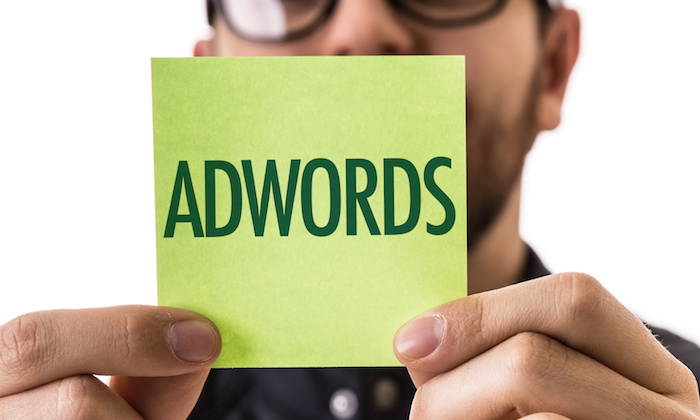
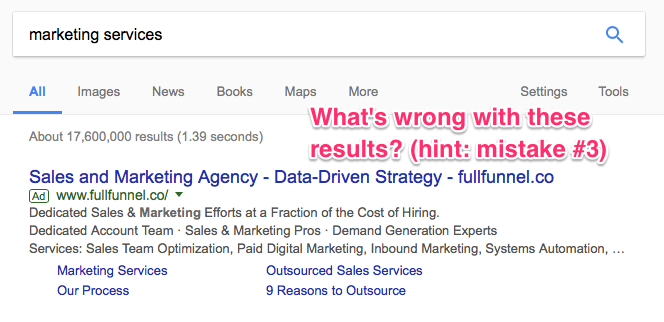
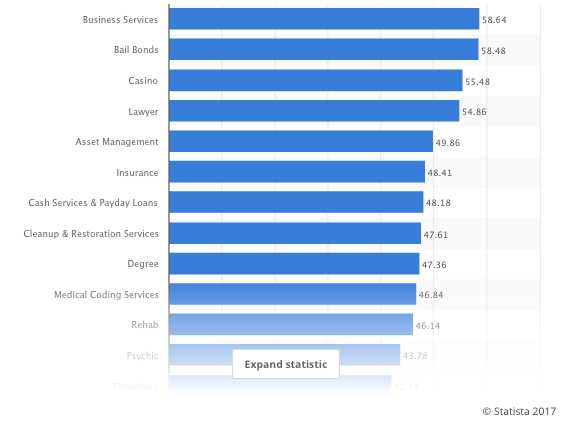

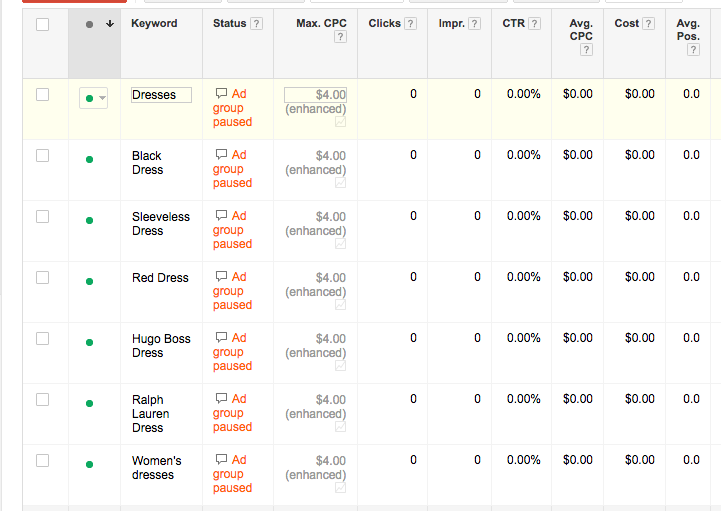




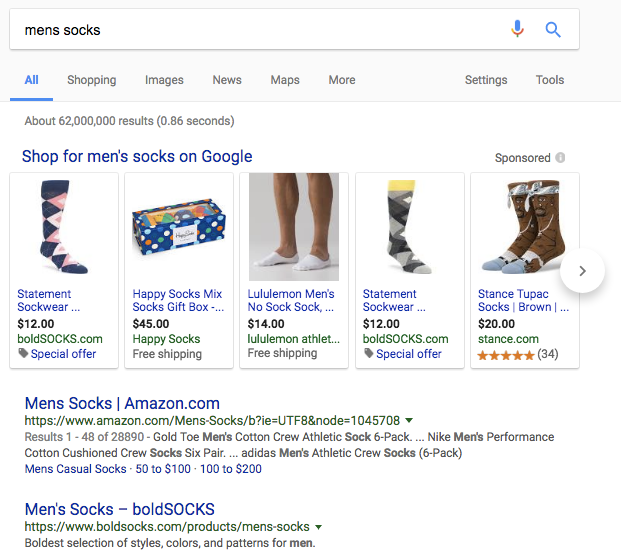
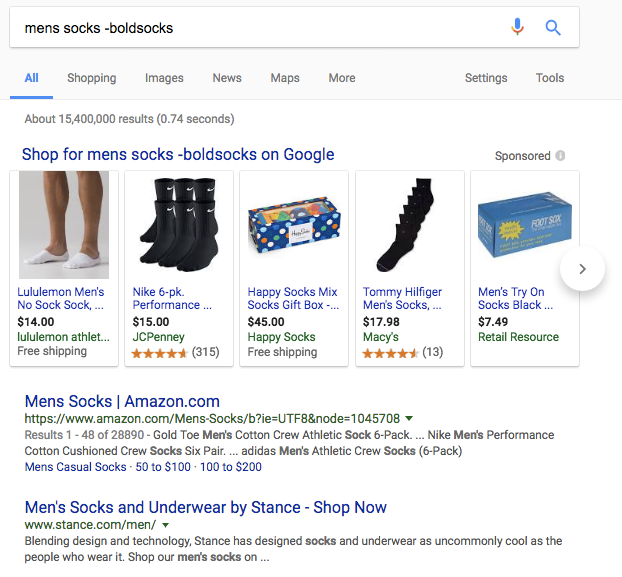
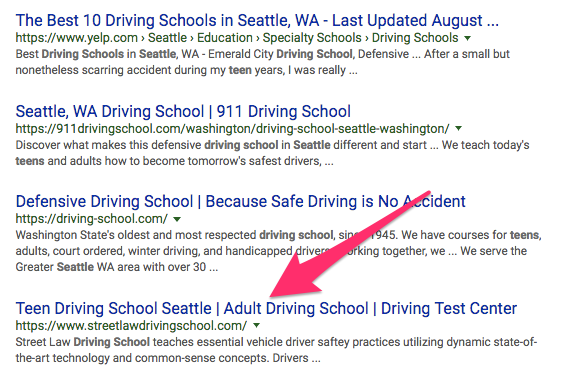
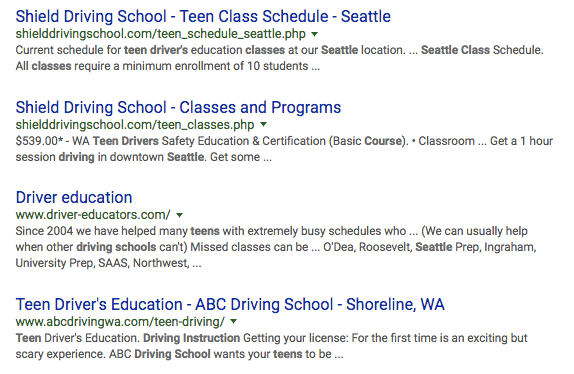

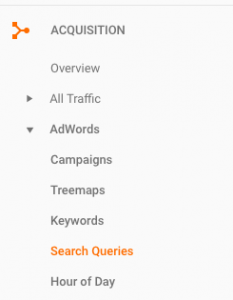
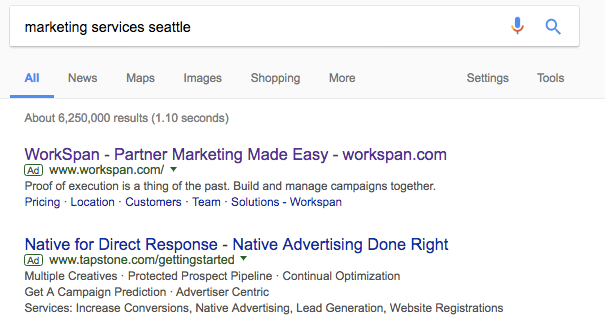
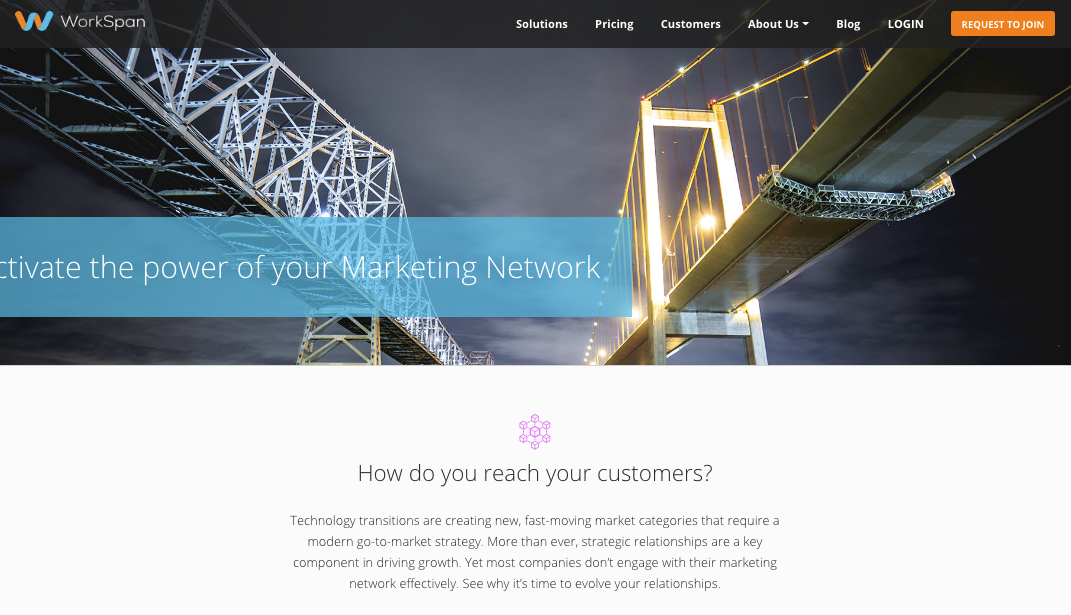
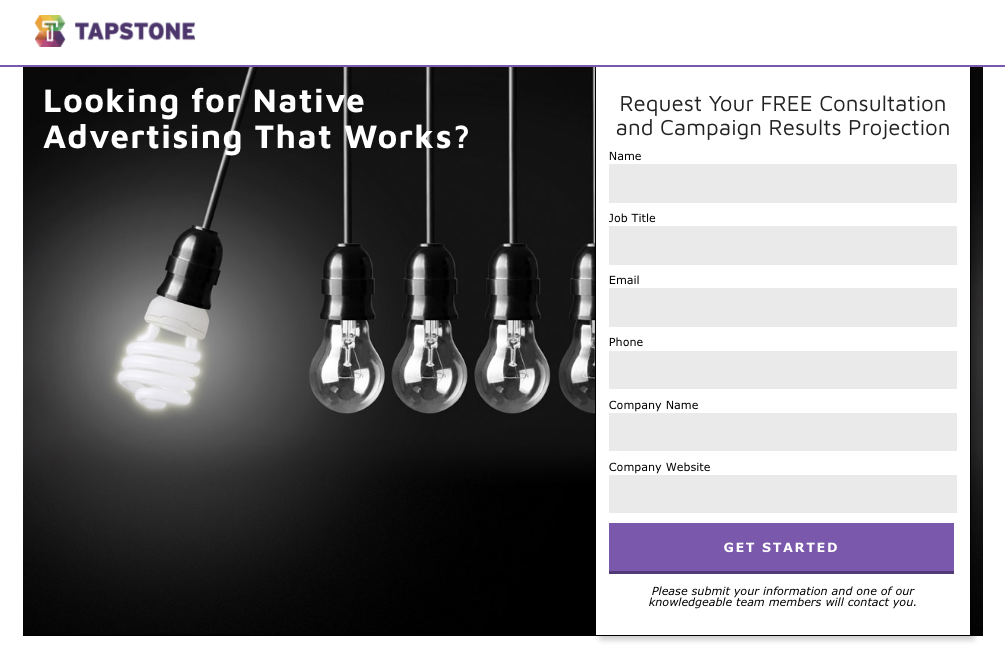
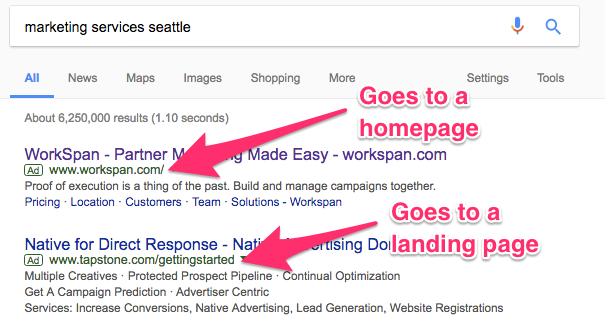
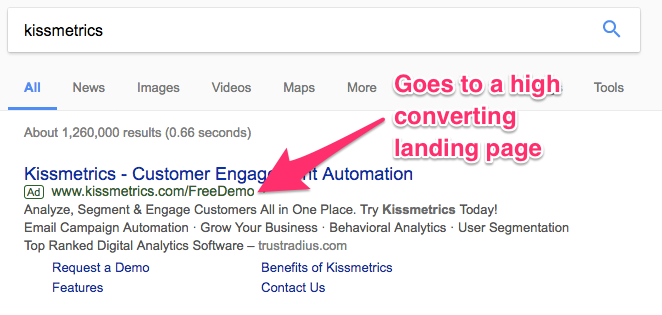
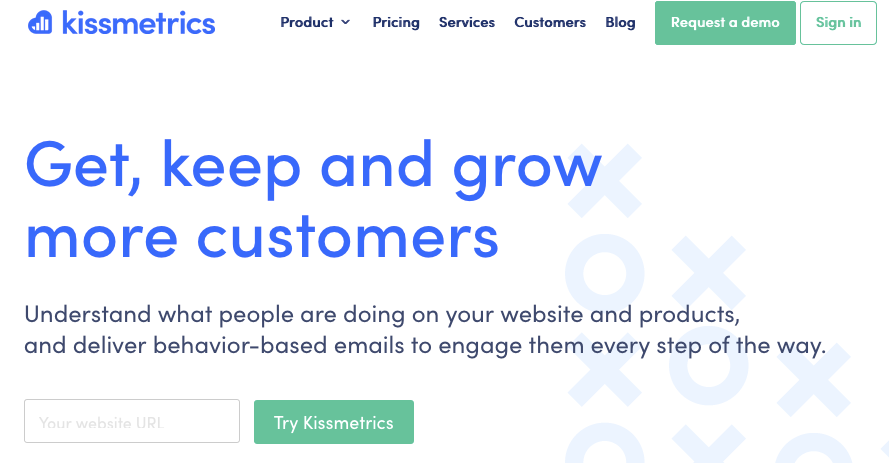
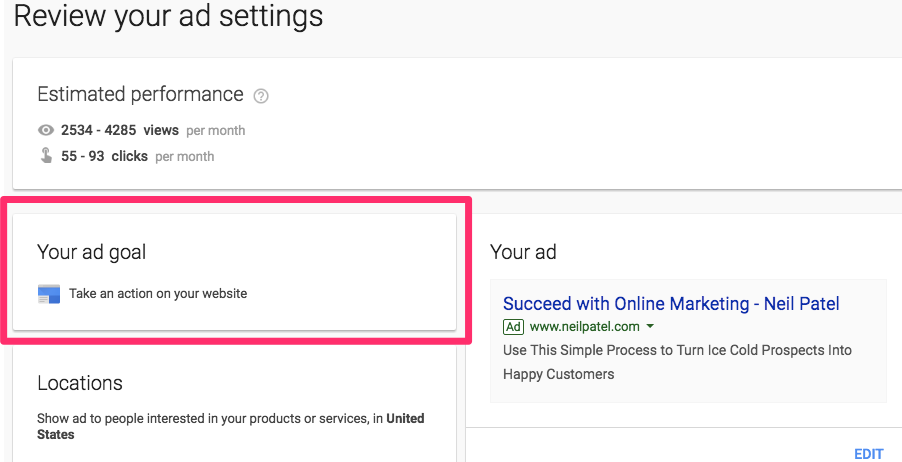


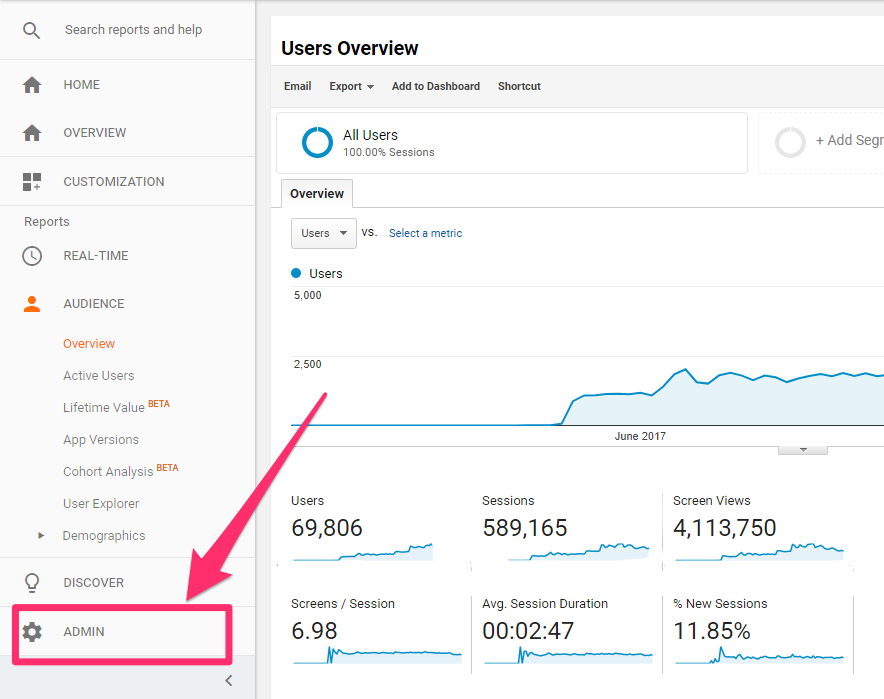
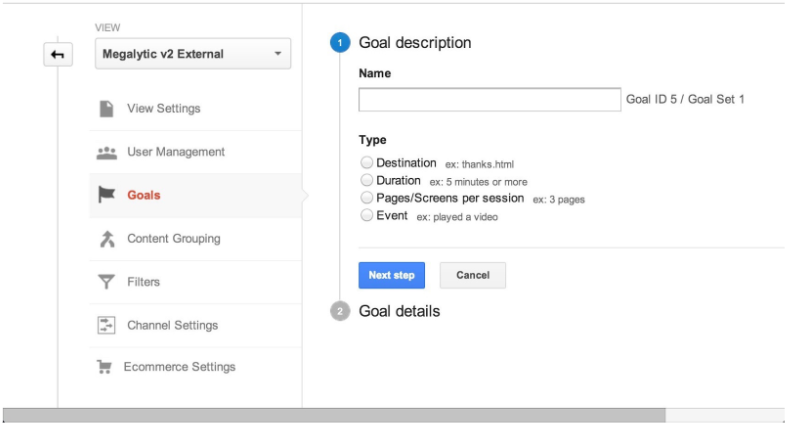
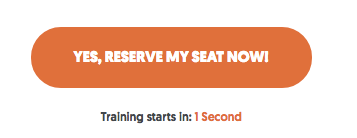
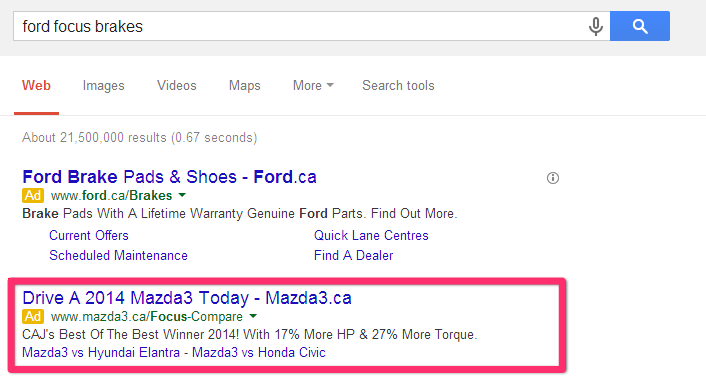
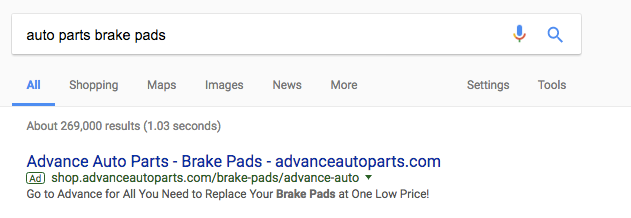
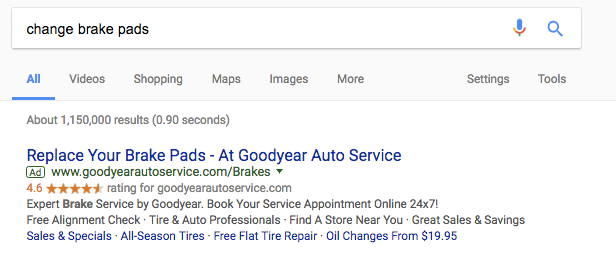
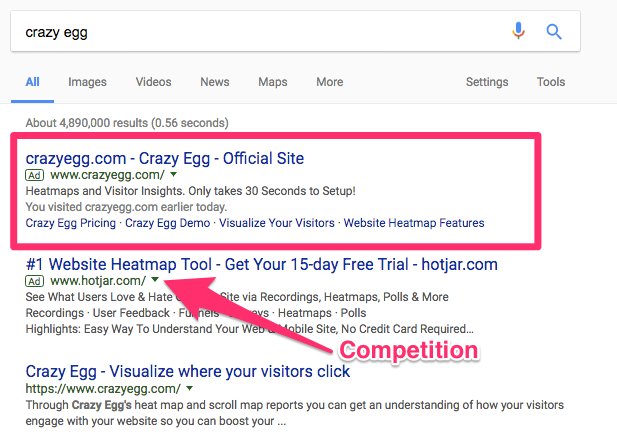
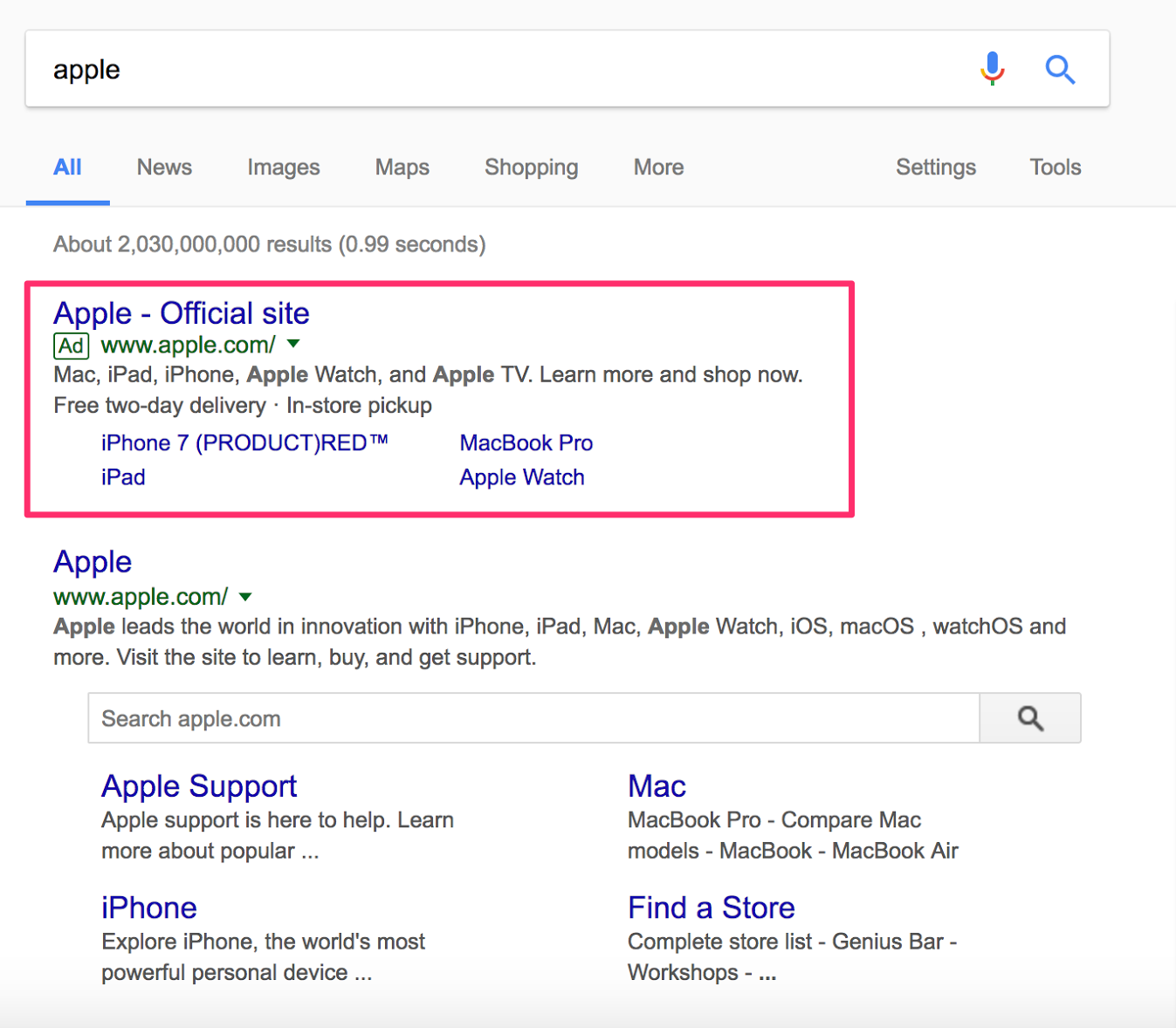
Comments (8)